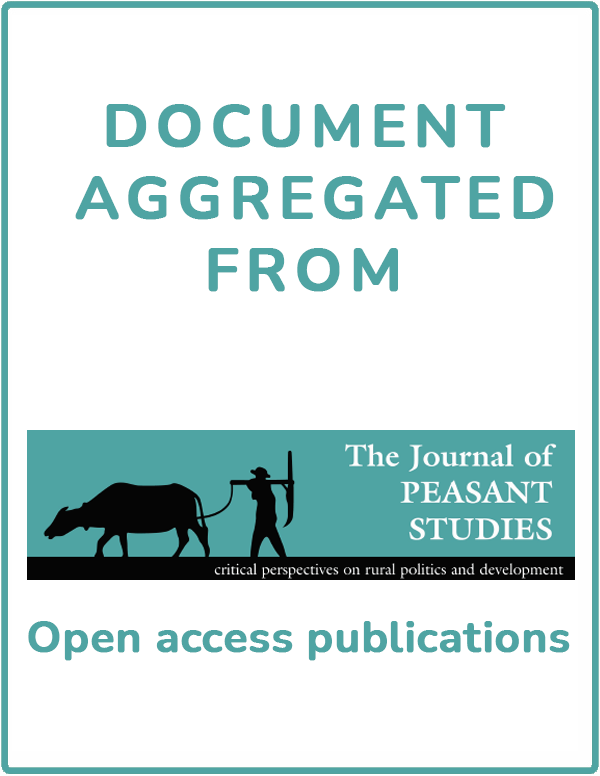Resource information
To combat climate change and hunger, a number of governments, foundations and aid agencies have called for a ‘New Green Revolution’. Such calls obfuscate the dynamics of the Green Revolution. Using Arrighi's analysis of capital accumulation cycles, it is possible to trace a Long Green Revolution that spans the twentieth and twenty-first centuries. Such an analysis illuminates commonalities in past and present Green Revolutions, including their bases in class struggles and crises of accumulation, modes of governance – particularly in the links between governments and philanthropic institutions – and the institutions through which truths about agricultural change were produced and became known. Such an analysis also suggests processes of continuity between the original Green Revolution and features of twenty-first-century agricultural change, while providing a historical grounding in international financial capital's structural changes to help explain some of the novel features that accompany the New Green Revolution, such as ‘land grabs’, patents on life, and nutritionism.


